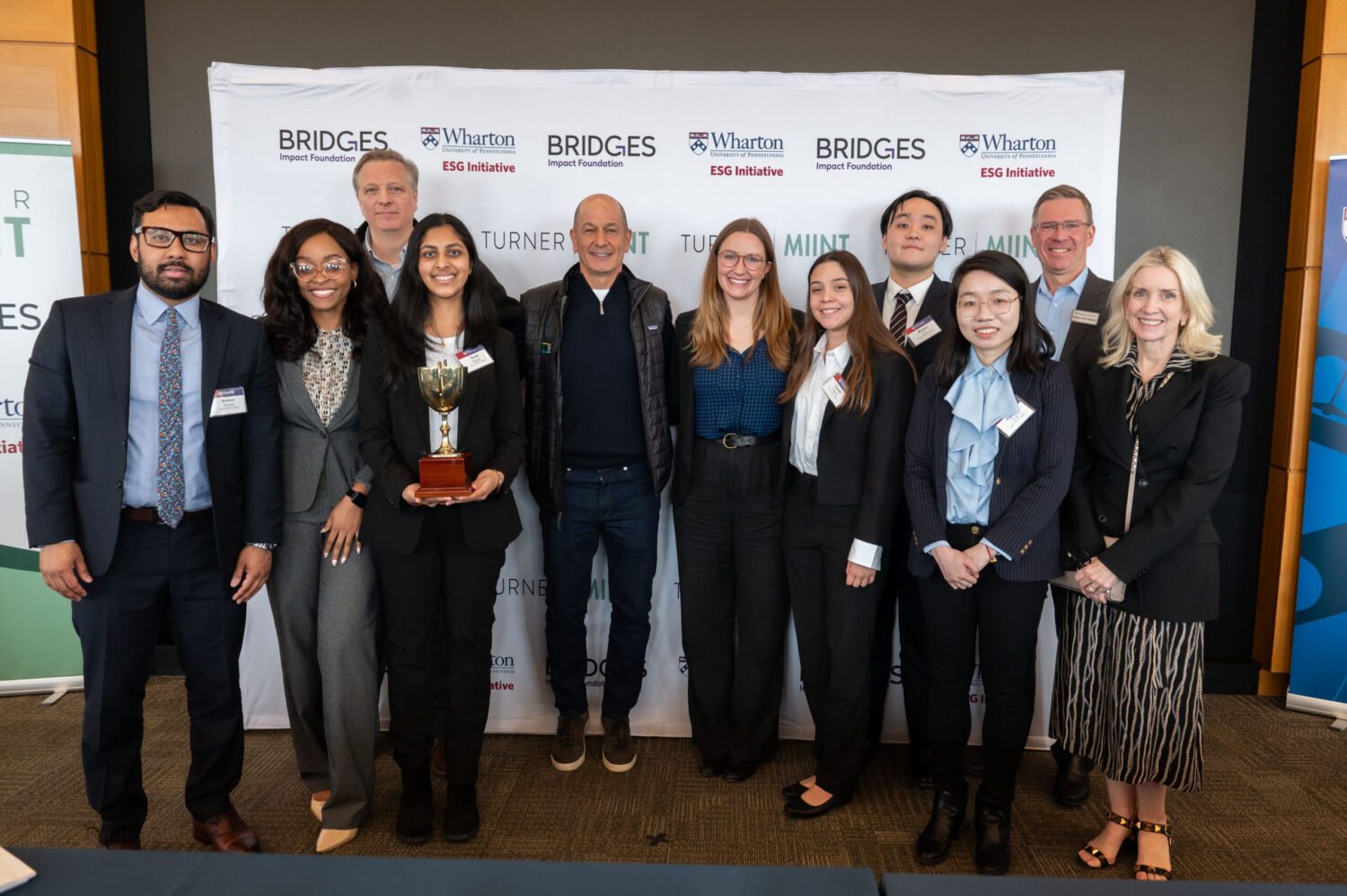Earlier this week, 91-year-old Margaret Keenan in England received the first COVID-19 vaccination (yes, the second was an 81-year-old named William Shakespeare). That not one but several coronavirus vaccines are on their way to at-risk individuals and frontline health workers – just eleven months after the novel coronavirus was identified – is a remarkable achievement.
The innovative “messenger RNA” technology behind early and effective vaccines from Moderna and Pfizer/BioNTech could usher in an era of faster, more targeted vaccine development.
It’s a triumph of basic science and the individuals that pursue it – often with little funding or recognition. The potential of scientific breakthroughs in biology and health, food and climate, long the province of government, is attracting the attention of large philanthropies like the Gates Foundation and high-impact seeking venture funds like Fifty Years.
The “overnight” success of COVID vaccines was decades in the making. Katalin Kariko and Drew Weissman at the University of Pennsylvania spent years figuring out a way to modify RNA so that it could more reliably reach its target (Kariko is now at Moderna). Scientists at the Massachusetts Institute of Technology created a fat-covered nanoparticle to help deliver the RNA.
BioNTech’s founders, Özlem Türeci and Ugur Sahin, a Turkish-German couple, spent decades researching novel therapies. And a team led by Barney Graham at The National Institutes of Health bioengineered a stable form of the virus protein to prompt a reliable immune response. Graham and Agent of Impact Dr. Kizzmekia “Kizzy” Corbett, worked with Moderna to commercialize and scale the company’s vaccine.
“To me, the important message is that basic research creates knowledge that puts you in a better position to deal with a crisis like this,” Graham said in an interview.
The same is true for other global challenges, such as the climate crisis, where research on advanced technologies such as carbon capture and storage, green hydrogen and next-gen batteries is needed to stave off catastrophe. It’s an area – and an opportunity – we can’t afford to ignore.











